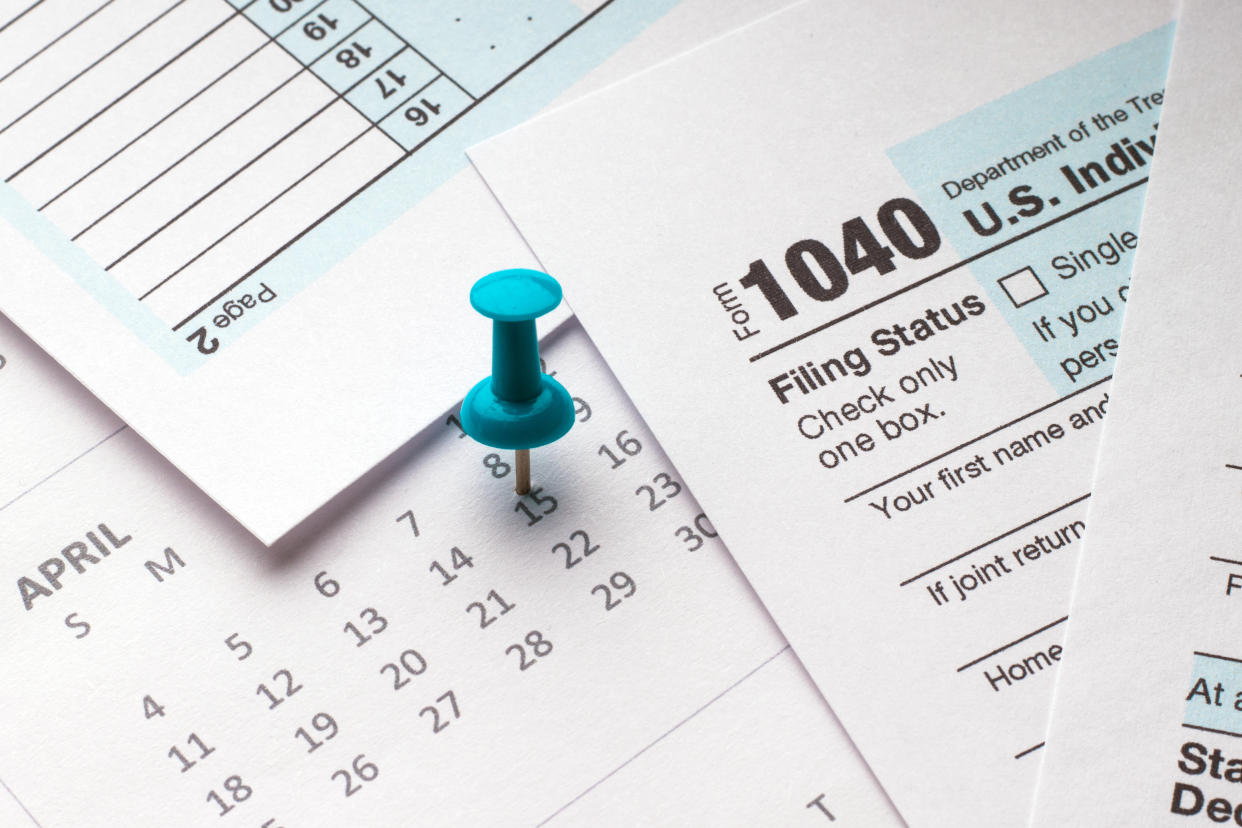Home » World News »
Where’s my tax refund? Five reasons your payment is delayed
Most taxpayers can expect their tax refunds to arrive two weeks after they file their federal returns.
But a handful of reasons can hold up your refund, according to the IRS, so it’s important to know when that may occur and how to avoid a delay.
Here’s what to know.
Reasons for delay
You filed a paper return. Around 90% of tax returns are electronically filed. Paper returns largely have to be manually reviewed. Although the IRS is making efforts to digitize and scan paper returns, they still require more time to review and process.
You filed an amended return. If you receive an updated tax form or have changes after your return has been filed and processed, you need to file an amended tax return. If you are amending a tax return from the 2020, 2021, or 2022 tax season, you can file your amended return electronically.
It takes approximately 20 weeks to process paper and electronically-filed amended returns. To find the status of your amended return, check a separate IRS website called “Where’s My Amended Return?”
You filed an injured spouse claim. If your tax refund was reduced to pay off your spouse’s debt, you can file an injured spouse claim to get your share of the refund by filing an injured spouse claim — if you weren’t responsible for the debt.
Debts that are usually applicable for an injured spouse claim are past-due child support, debts to federal agencies, state income tax obligations, and state unemployment compensation debts.
It can take us up to eight weeks to process Form 8379, Injured Spouse Allocation and potentially longer if you file the form with your tax return.
You applied for a taxpayer identification number (ITIN) with your return. Taxpayers need a tax identification number to file taxes; typically, a Social Security number will suffice. If you don’t have a Social Security number, then you can apply for an ITIN.
You can apply by mail or in person at designated IRS Taxpayer Assistance Centers (TACs) in the U.S.
It can take up to seven weeks for the IRS to notify you of your ITIN application status. But if you’re applying from abroad or it’s during peak tax season, mid-January 15 through the end of April, expect the processing to take up to 11 weeks.
You requested a refund of tax withheld using Form 1042-S. If you’re a foreign person with U.S. income, you may need to use Form 1042-S. It can take up to six months to receive any refund due.
E-file and use direct deposit to avoid delays
If you’re relying on your refund, file early and electronically and use direct deposit for refunds to prevent delays. Paper returns often take longer to process, even though the IRS has implemented some recent changes to speed up the process.
You can get your refund deposited to a bank account, prepaid debit card, or mobile app so long as you have the corresponding routing and account numbers.
You can also choose to directly deposit your refund into a TreasuryDirect account to purchase savings bonds or I bonds. You can also directly deposit into a traditional IRA or Roth IRA, a Health Savings Account (HSA), a Coverdell Education Savings Account (ESA), or an Archer MSA.
Avoid inaccurate returns
Whether you’re filing online or with a tax professional, have all of your personal information and tax documents before filling out your return. Returns with errors or missing information may require additional review, delaying your refund.
Make sure to have the personal information for your spouse and dependents, such as birth dates and Social Security numbers or taxpayer identification numbers. You also need this year’s Identity Protection Personal Identification Number if the IRS issued one for you.
You’ll need records of your income, including W-2 income statements and 1099s for unemployment compensation, dividends, pension, annuity or retirement plan distributions.
Have receipts and documentation for these items. Other needed items could include Form 1095 if you got coverage through the health insurance marketplace as well as any tuition, mortgage interest, and real estate tax receipts. You’ll also need documentation of your charitable donations if you plan to itemize using Schedule A.
Having last year’s return is also a good guide to help you wade through this year’s return. Check out H&R Block’s tax checklist to help you prepare.
If you cannot afford a tax professional but need help filing your taxes, visit the IRS free file options or Volunteer Income Tax Assistance (VITA). VITA offers free tax preparation for moderate- to low-income individuals, disabled individuals, senior citizens, or those who have a language barrier.
Finally, you can track your refund using the "Where's my refund?" tool on the IRS website.
Ronda is a senior reporter for Yahoo Finance and an attorney. Follow her on Twitter @writesronda.
Click here for the latest personal finance news to help you with investing, paying off debt, buying a home, retirement, and more
Read the latest financial and business news from Yahoo Finance.
Source: Read Full Article




